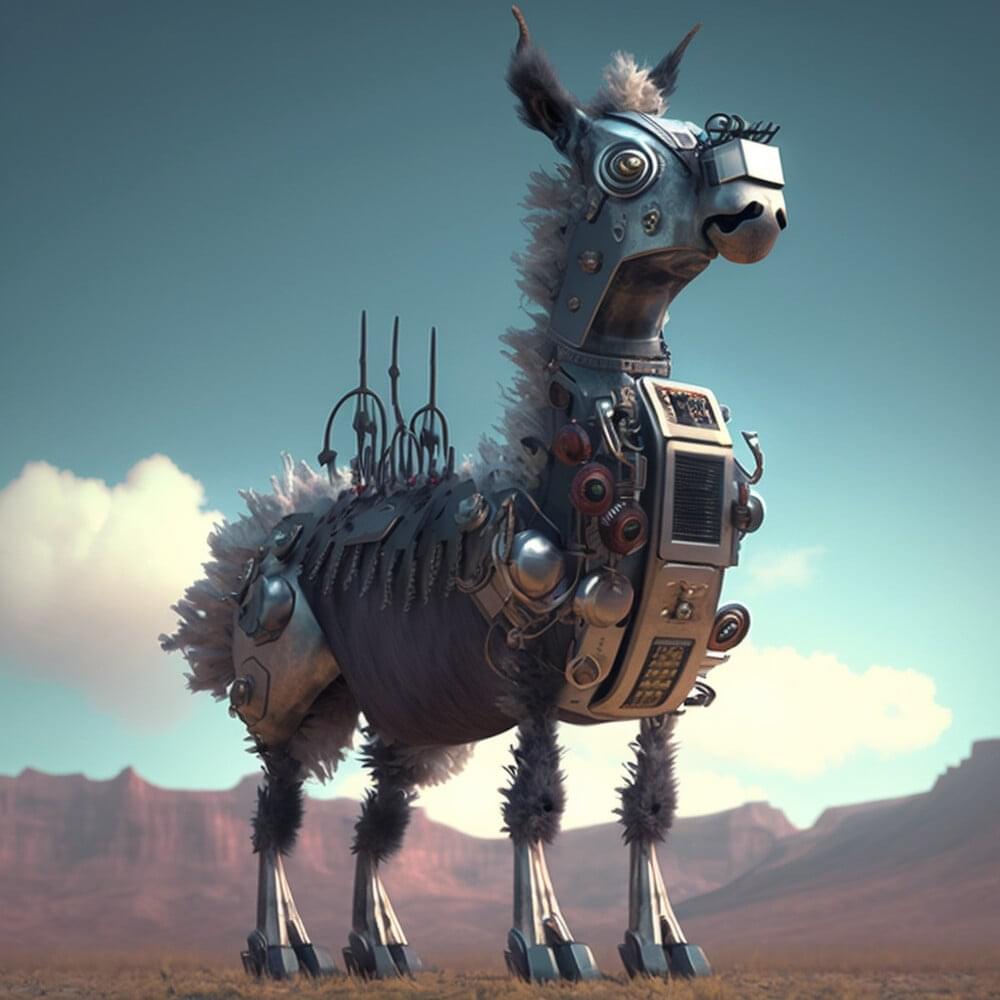Elon Musk’s Boring Company is doubling down on its Vegas bet, with a proposal that would expand its underground transport system to 65 miles of tunnels below the streets of Sin City.
The proposed network map, which was recently filed with the city of Las Vegas and not previously reported, depicts dozens of tunnels criss-crossing the city to reach more casinos, retail zones, the University of Nevada Las Vegas campus and, for the first time, even residential areas. The proposed transit system is comprised of 69 stations and 65 miles of tunnels, according to planning documents, plus an unknown number of Tesla vehicles.
If successful, a Loop station would be located within a few blocks of almost anywhere in central Las Vegas. Five stations would serve the University of Nevada; and Allegiant Stadium — home to the Raiders NFL team — would get extra links to the west of the city. Harry Reid International Airport would have several stations surrounding it, although none actually serving the passenger terminal.





